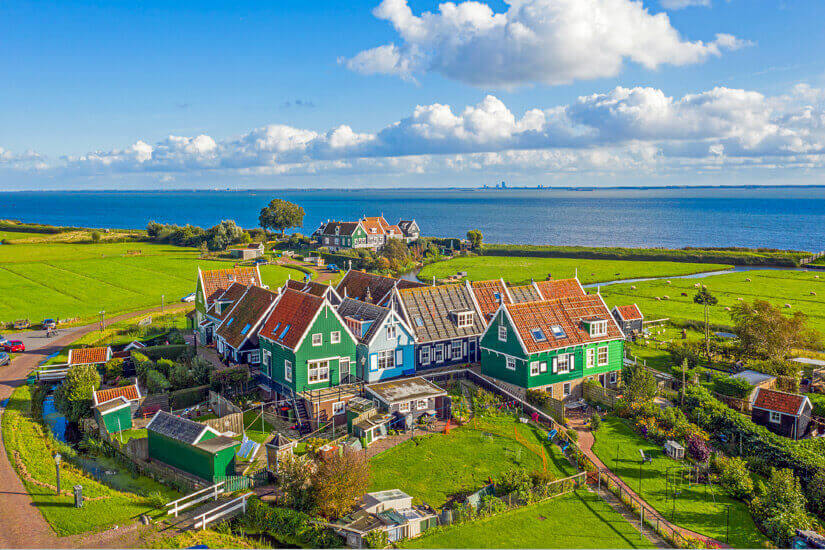The IJsselmeer (IJssel Lake), in addition to being the largest lake in the Netherlands, has undergone some dramatic changes over time, changing from the stormy Zuiderzee to its current status as a freshwater lake. Here are some fascinating facts about the IJsselmeer, which represents one of the Netherlands’ most amazing fusions of engineering and nature.
Geographical Location
Northeast of Amsterdam, IJsselmeer is surrounded by a wide, lush environment. The lake, which is located in the Flevoland, North Holland, and Friesland provinces, is typically 5 to 6 meters deep. The Amstel, Rhine, Vecht, and the Ijssel, a branch of the Rhine, are just a few of the rivers that feed it. IJsselmeer serves as a significant freshwater reservoir, a source of irrigation water, and drinking water.
Interesting Facts About IJsselmeer
The IJsselmeer was first a lake, then a sea, and finally another lake
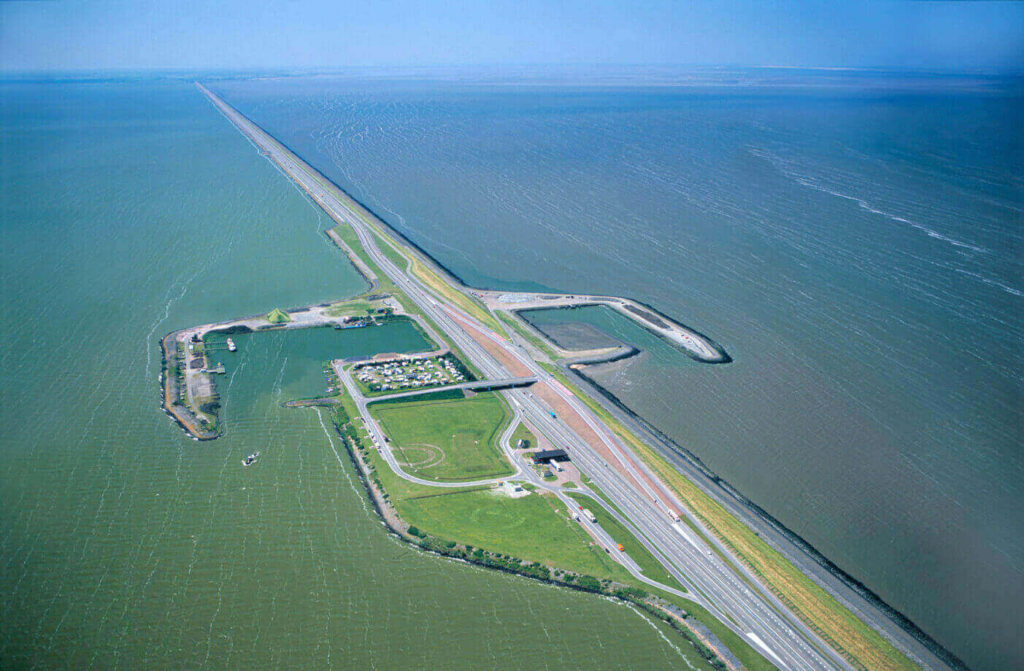
Roman geographer Pomponius Mela first recorded the existence of Lacus Flevo, a body of water that is distinct from the sea, in 44 AD.
Then, in 1287, during the St. Lucia flood, the freshwater marsh was finally submerged by the North Sea after generations of storms and floods had destroyed dunes and banks. After thereafter, the region developed into the Zuiderzee, a maritime bay. In addition to opening up new seaports for trade, the Zuiderzee also brought with it harsh weather. Frequently devastating tides that caused havoc in the countryside and settlements, including Amsterdam.
After many years of careful planning and engineering, the Afsluitdijk (Enclosure Dam) construction finally started in 1927 after more than 600 terrifying years. The dam, which was 32 km long when it was finished in 1932, once again created a barrier between the sea and a freshwater lake. IJsselmeer is the name of the river that runs into the new lake.
The concept of damming the IJsselmeer dates back more than 350 years
Many desired to dam the bay, re-sealing it from the sea since the Zuiderzee could be so ferocious and turbulent, with regular flooding and ship losses. The first known plan was created in 1667.
However, the plan wasn’t given any thought until the 19th century, when technology finally caught up. Engineer and politician Cornelis Lely, whose 1891 design served as the inspiration for the Zuiderzee Works, was the idea’s strongest supporter.
It took more than 50 years to construct The Zuiderzee Works! They spanned from 1920 to 1975 and involved not only the construction of the Afsluitdijk but also the development of huge polders (drained lake beds) that gave rise to a brand-new region of the Netherlands!
Everything was drastically altered by the new IJsselmeer
The construction of the IJsselmeer had other benefits besides preventing storm and flood damage. A calm lake’s replacement for a raging sea bay brought about a variety of opportunities, difficulties, and side effects.
First of all, what was formerly the sea floor gave way to Flevoland, a brand-new province of the Netherlands, complete with farmland, railroads, and cities! Due to the ability of fields and crops to grow without the worry of flooding, food security was also improved. Additionally, it transformed the IJsselmeer into a sizable freshwater reservoir, supplying communities and farmers with fresh water.
Numerous coastal communities, such as Volendam and Monnickendam, that had previously depended on the sea and fishing for a living now found themselves residing next to a tranquil lake. Even two islands, Schokland and Urk, are connected to the mainland!
The vibrant seafaring heritage of Ijsselmeer is still evident in the region’s numerous cities, villages, and landmarks, as well as in the intriguing Zuiderzee Museum in Enkhuizen.
Do you know Top spectacular lakes in the Netherlands
Upgrading Afsluitdijk in IJselmeer
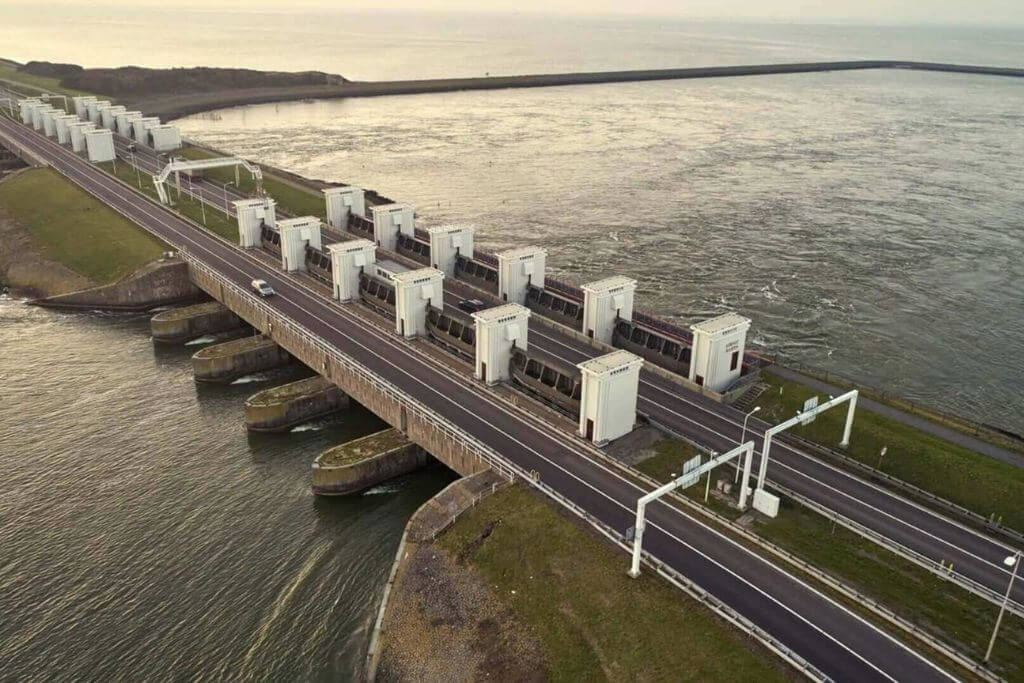
The tenacious Afsluitdijk, which has been separating the IJsselmeer from the sea for 87 years, is getting an overhaul. Renovating the dam to get it ready for future weather changes and rising sea levels. The current construction, which began in late 2018, will strengthen the dike and increase its height by about 2 meters.
Similar to how Afsluitdijk was built originally, this update is another example of cutting-edge engineering, but this time with sustainability at its center. It will have solar-powered pumping stations, fish-friendly locks and sluices, and concrete blocks made with sustainable design.
Many Activities That You Can Do Here!
The lake is mostly used for transportation, fishing, sand mining, producing wind energy, and participating in water sports. It is one of the nation’s top lakes for sailing. On foot or by bike, you can explore the lake’s shoreline. The picturesque cycling routes travel along rural farmlands, highways, roads, and charming little town streets. There are also several lovely beaches, which are ideal for families with little children because the water is shallow.
Sail IJsselmeer Tour
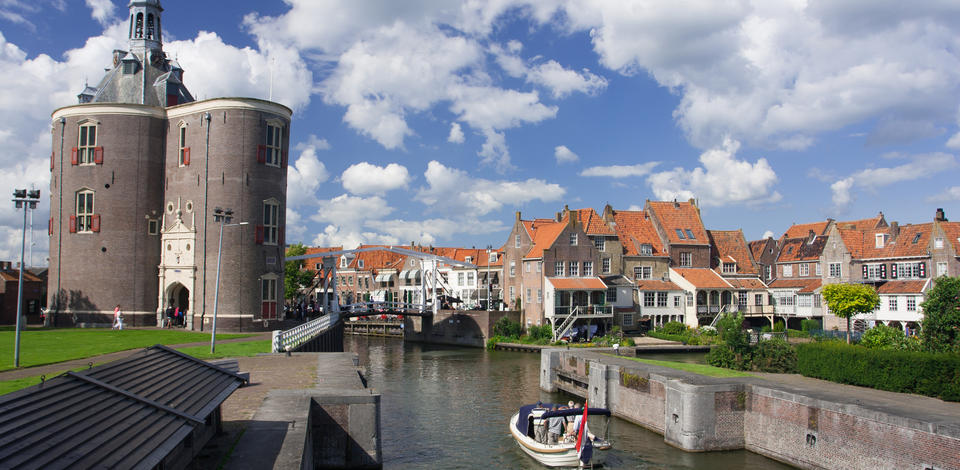
You cruise alongside the ship as it journeys to a new location each day in between bike excursions. On board, you eat, sleep, and have breakfast. Every day you’ll get a packed lunch, and you usually have the option of a longer or shorter bike trip. If you’d like, you can also stay on board for a whole day.
Bike IJsselmeer Tour
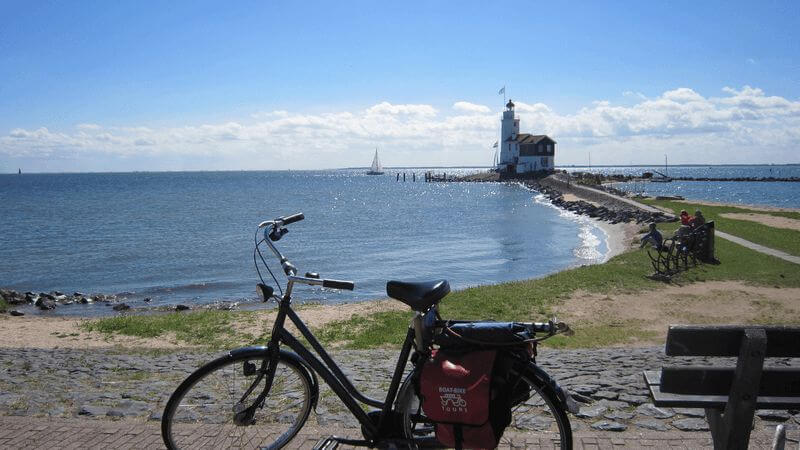
You choose where to go and how fast you ride using a thorough map of the area and a recommended route for up-close excursions. The crew of the ship will explain certain challenging sections during the evening before the following day’s bike tour, provide advice on the ideal locations to stop for a drink or lunch, and highlight the greatest parts. You can reach the crew in case of emergencies or issues. However, they can only provide assistance over the phone because the ship is en route to the next port.
Camping In IJsselmeer
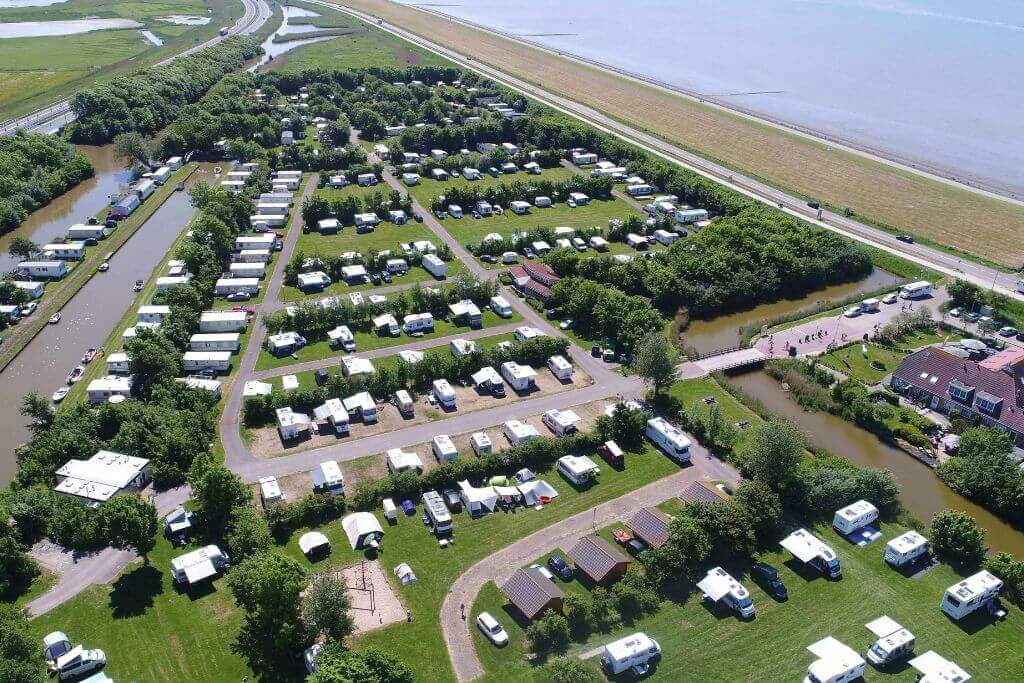
Camping is one of the best things to do in IJsselmeer. If you visit during the summer, pack your camping supplies because there are several lovely campsites in IJsselmeer along the way that almost always have space. Calling ahead might be a good idea, though, during the busy months of July and August. Along the way, there are a ton of restaurants and stores, as well as lodging alternatives for every price range. Never more than 12 miles (20 km) separate you from the next coffee.
Read more Top 6 Beautiful Camping Grounds In Achterhoek, Netherlands
